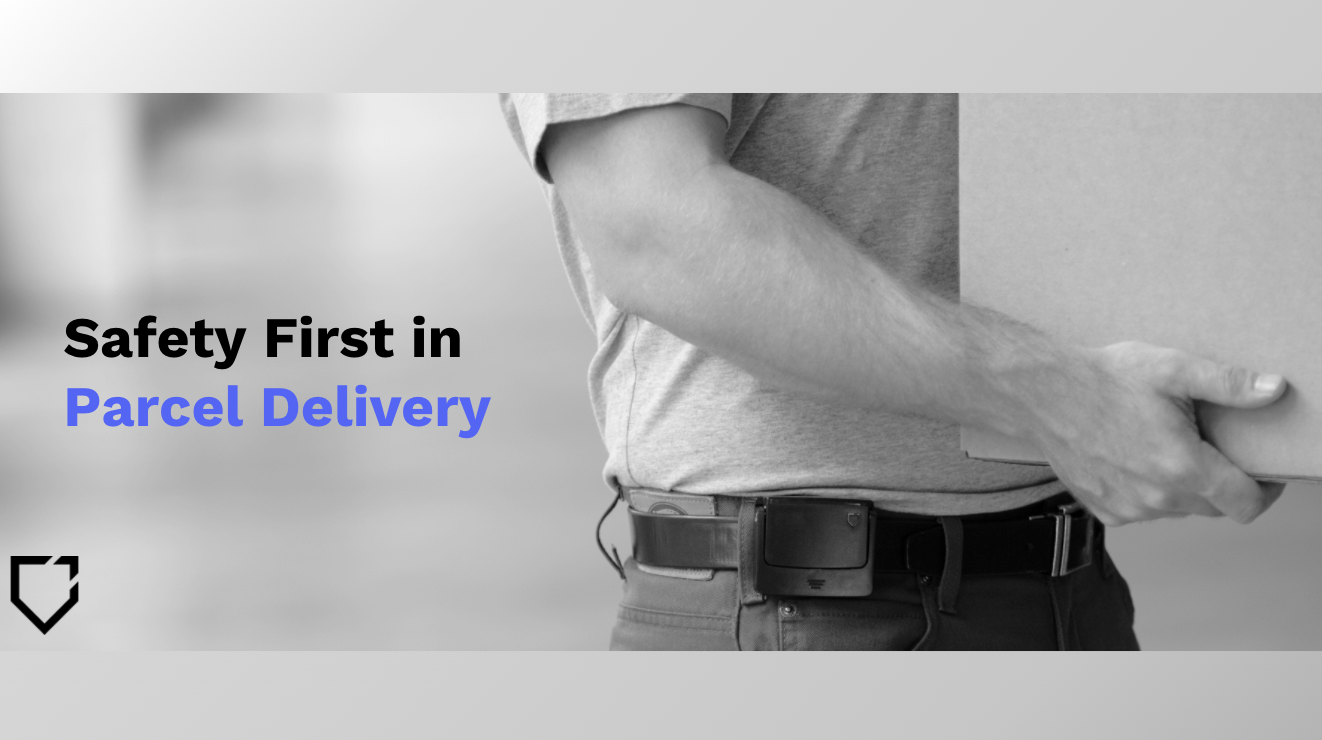More packages are being brought to U.S. homes and workplaces than ever before, propelled by record high e-commerce sales that hit $257.6 billion1 in the final quarter of 2021. These soaring online sales have led to a rise in transportation and warehousing jobs, which surpassed the February 2020 employment levels this month by 584,0002 workers.
While parcel delivery is one of the fastest growing job fields in the sector – and the country – it is also one of the riskiest when it comes to workplace injury. Job-related tasks require workers to repeatedly bend, reach and twist in confined spaces in order to handle and lift potentially heavy or awkwardly-shaped objects. Couriers can develop musculoskeletal disorders (MSDs) from loading and unloading vehicles, lifting and carrying parcels, and long stretches of driving on a daily basis.
The rate of workplace injuries and illnesses per 100 full-time workers in the couriers and messengers sector is 6.8.3
The transportation and warehousing industry had an incidence rate of 77.1 MSD cases in 2018 involving a median 26 days away from work.4
The Bureau of Labor Statistics
MSDs are the most frequent injury across this workforce and, on average, are the longest injury to recover from and often the most debilitating in the long term.
These injuries have huge financial implications: they averaged nearly $33k per workers’ compensation claim filed in 2018 and 2019.5
National Safety Council
Using Tech to Reduce Injuries in Last-Mile Delivery
MSDs are prevalent in the parcel delivery industry, but they are also largely preventable. While workers can be trained to recognize and avoid the risks they face each day, employers can also leverage tech-driven safety solutions designed to specifically reduce the awkward postures and repetitive movements that strain employees’ musculoskeletal systems.
When outfitted with wearable devices, workers can receive real-time alerts that drive sustained behavior change. With this continuous coaching method, employees can reduce their high risk postures. In turn, they experience less soreness and fatigue, are able to keep their pace up for longer, miss less work and experience greater emotional and mental well-being. And there’s a direct correlation between reduced high risk postures and injuries in the workplace. We’ve found, by reducing high risk postures, companies can expect up to 50-60% fewer injuries, over time.
“In the parcel delivery space, the leading driver of lost time injury claims for employees is directly related to improper lifting resulting in back and shoulder strains. The average time an employee is not able to drive with a back claim is three weeks. That’s a serious impact to a carrier’s bottom line that can be greatly reduced by utilizing a wearable.”
Chuck Holdren, President & CEO of SAGE Program Underwriters
Fewer Injuries, Reduced Claims Costs
Beyond driving behavior change that leads to fewer worker injuries, wearable safety devices provide employers with new actionable data that reveal areas most at risk, and allow companies to take proactive steps to reduce the risk. The resulting targeted training efforts and workspace or process redesigns lead to a further decrease in injuries.
Reduced injury rates reduce a policyholder’s overall workers’ comp burden. In environments where high strain and sprain injury rates are present, we’ve seen wearables reduce claims costs 50%. And with fewer claims reported, E-mod scores can improve and premium rates can go down. Tech-enabled risk prevention, such as a safety wearables program, is truly a win-win for all parties.
Kinetic Insurance, in partnership with Nationwide, is pioneering a technology-driven approach to worker safety that benefits insurance carriers, brokers and policyholders. Our workers’ compensation offerings lower costs by equipping workers with wearable technology that is proven to reduce injuries by as much as 50% and lost work days by 72%. Want to learn more? Click here to inquire about being appointed with Kinetic Insurance.
1https://www.census.gov/retail/mrts/www/data/pdf/ec_current.pdf
2https://www.bls.gov/news.release/empsit.nr0.htm
3https://www.bls.gov/iag/tgs/iag492.htm
4https://www.bls.gov/iif/oshwc/case/msds.htm
5https://injuryfacts.nsc.org/work/costs/workers-compensation-costs/
